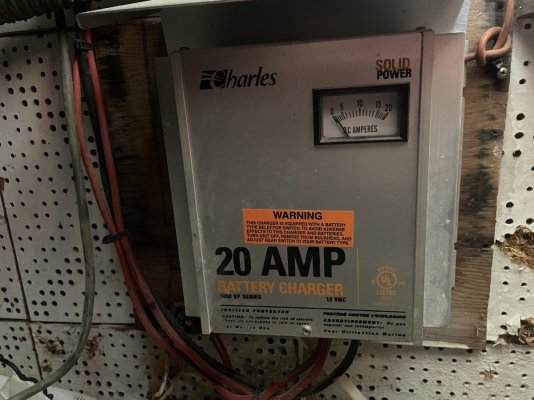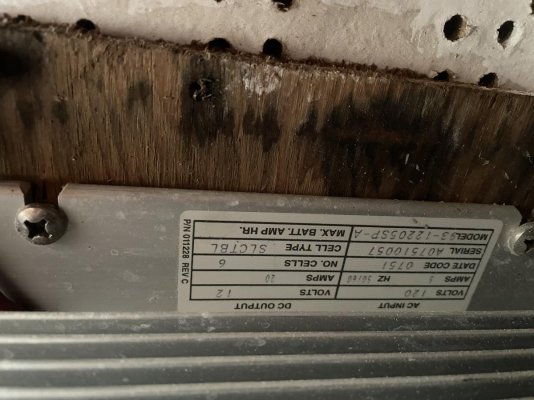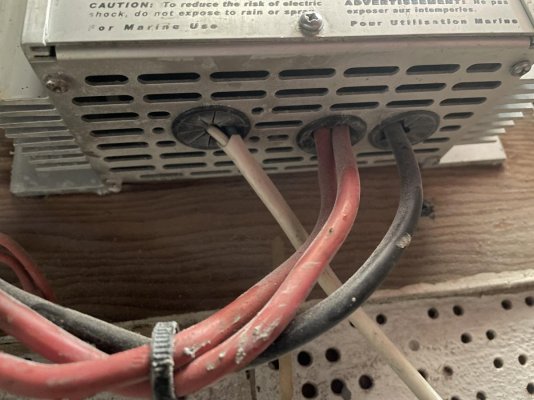CharlieO.
Guru
- Joined
- Sep 21, 2020
- Messages
- 1,558
- Location
- Lake Champlain Vermont, USA
- Vessel Name
- Luna C.
- Vessel Make
- 1977 Marine Trader 34DC
What’s the best way to verify my charger is working.
Just want to verify before I leave the boat for a week.
Thanks
Just want to verify before I leave the boat for a week.
Thanks




